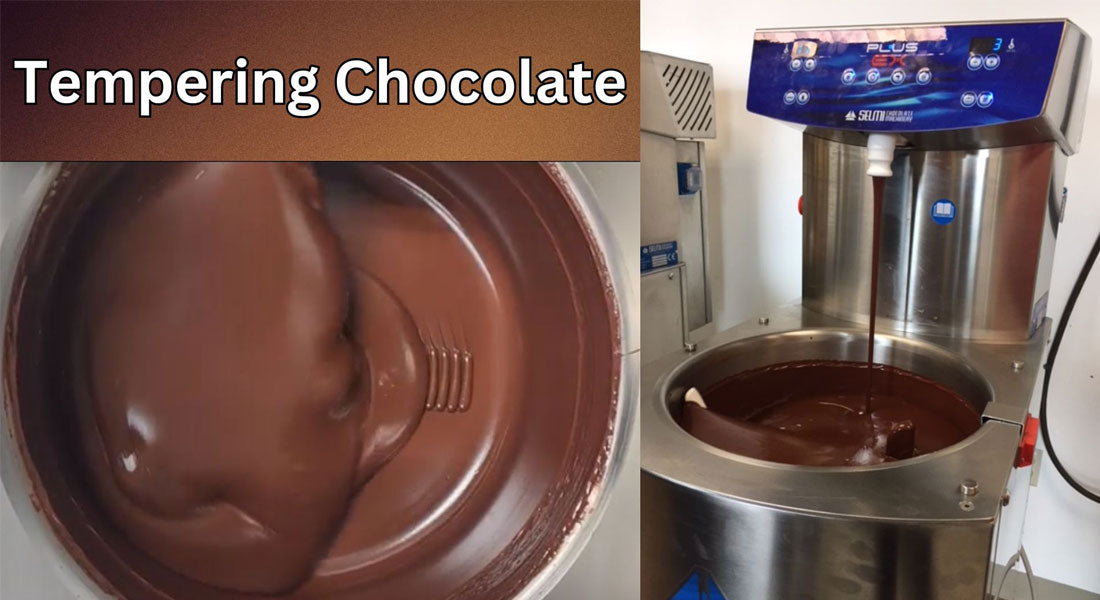
Tempering chocolate is quite possibly the most important and difficult step of chocolate making. The tempering process requires heating the chocolate liquor to a precise temperature and then cooling it in a controlled method to prevent an inconsistent chocolate flavor profile. Let’s look into the complexities of chocolate tempering so you can understand why our chocolate is so smooth. Time to bust out the lab coat and safety goggles because we’re about to get a little science-y.
The molecules in cocoa butter (the naturally occurring fat in chocolate) can be arranged into six crystal structures, ranging from one through six; each phase has its own unique properties. The melting point of these crystals ranges from one being the lowest and six being the highest. Chocolate as you know it in bar form at the store is almost always (or should be) in phase five crystal form. This allows the chocolate to not melt at room temperature but does melt in your mouth—this is the creaminess factor we try hard to perfect.
The reason why tempering is so difficult is because it’s not as simple as just heating the chocolate to reach the optimal phase, but to also cool it in a way that retains the phase five crystals. Cooling it too fast will quickly change the crystal formations to all different types and create a very poor quality and inconsistently flavored chocolate bar. This is where tempering comes in.
To keep our chocolate as optimally smooth as possible, it must be chilled between 86 and 95 degrees Fahrenheit. Where many commercial grade chocolates lose out on flavor and quality, they are not putting significant emphasis on cooling their chocolate with the phase five crystals in mind. They rapidly cool their chocolate giving it a bitter and poor-quality flavor and texture, most likely having a combination of phase two, three, four, and five crystals while we try to keep our chocolate with only phase five crystals. It takes much longer to reach this consistency, but that’s why our chocolate is known for its creaminess and rich texture.
Tempering has become a straightforward process for us, but that doesn’t mean we don’t take great care with every batch. We hope this has shed some light on how the tempering process works and how it affects the quality of our chocolate!